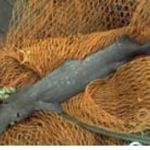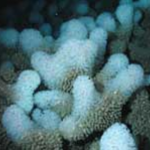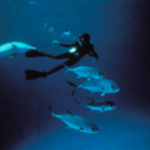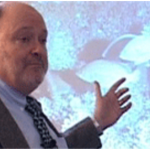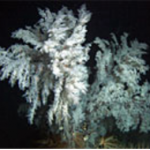There is growing concern amongst scientists about the need to take urgent action to protect deep sea biodiversity – fish stocks as well as habitat. The International Council on the Exploration of the Sea (ICES) has prepared a report calling for “a complete overhaul of deep-sea fisheries.” (1) According to a 17 October ICES press release about the report’s launch (2), “scientists will recommend that all existing deep-sea fisheries should be cutback to low levels until they can demonstrate that they are sustainable. They will advise zero catch of depleted deep-sea sharks, and they will recommend that no new fisheries for deep-sea fish should be allowed until it can be demonstrated that they are capable of being sustainable.”
Continue reading Scientists Speak Out: Action Urgently Needed in the Deep Seas

